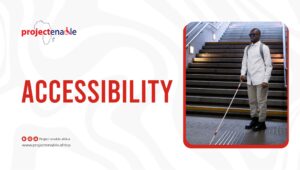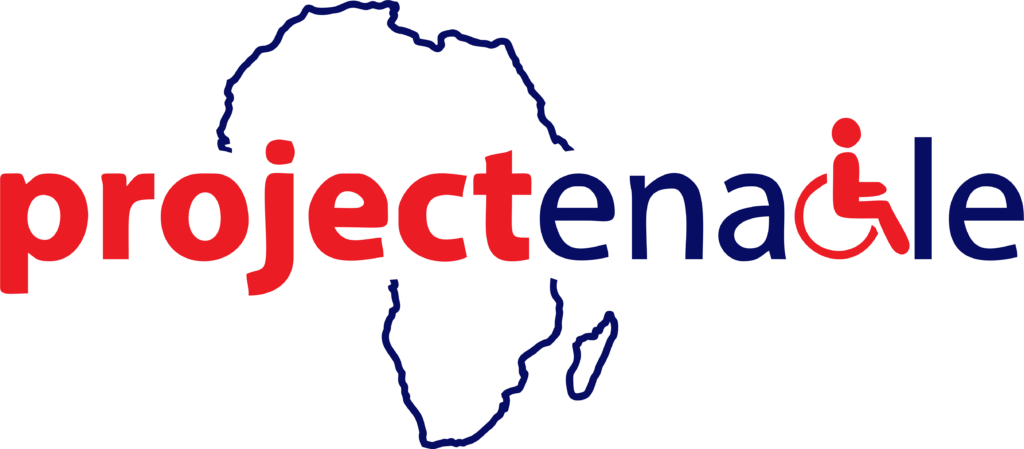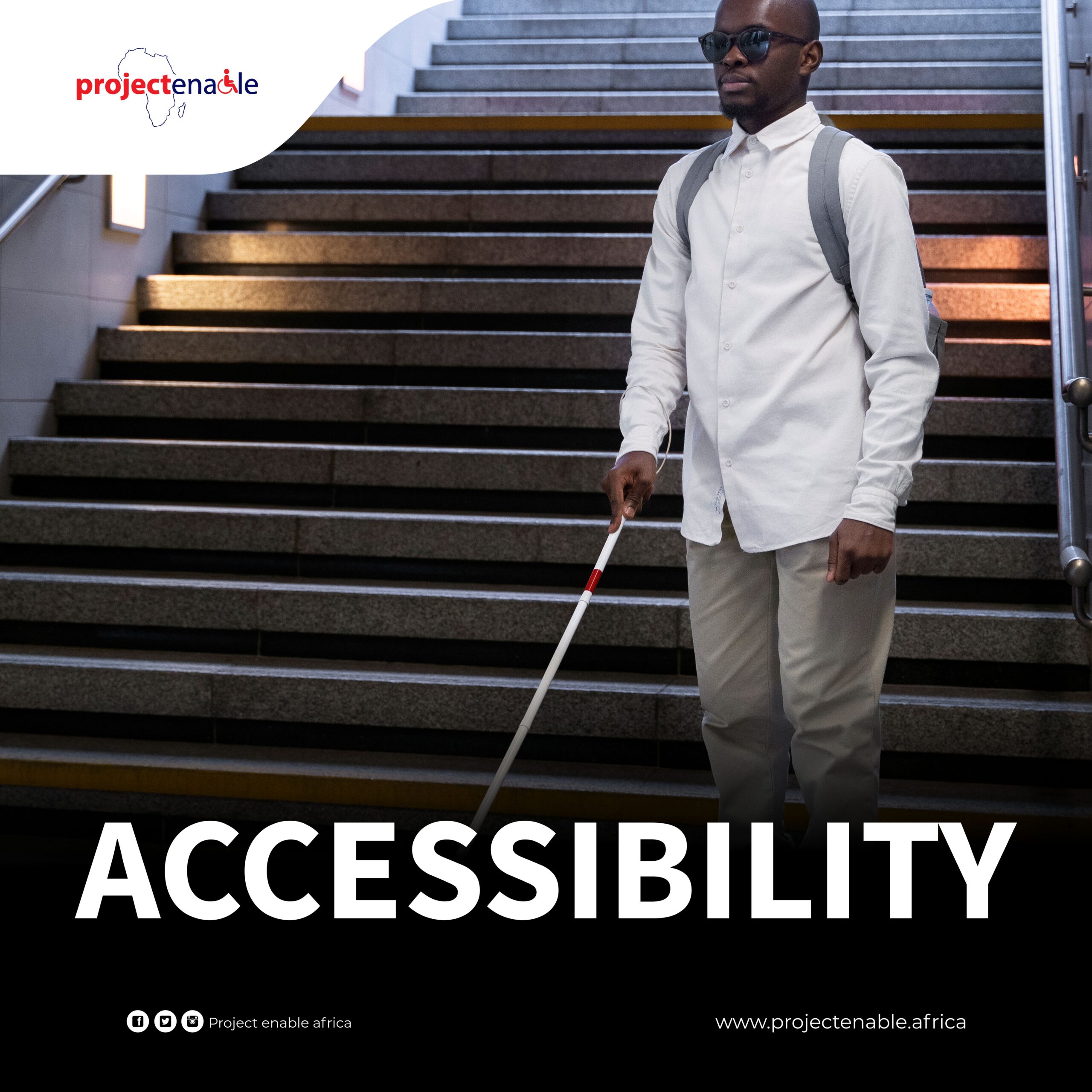
Imagine being unable to check your bank balance, read your favorite news site, or order groceries online. For millions of people with disabilities, this is their daily reality when websites and applications are not designed with accessibility in mind. In a digital-first world, accessibility is often treated as an afterthought, but it should be a fundamental aspect of design, development, and content creation. Digital accessibility ensures everyone can participate fully in society, regardless of ability.
What is Accessibility?
Accessibility means recognizing that people interact with the world in diverse ways and ensuring no one is left behind. Digital accessibility refers to designing websites, apps, and content to accommodate people with visual, auditory, motor, or cognitive impairments. This includes alt text for images, keyboard navigability, sufficient color contrast, and video captions. However, accessibility benefits more than just persons with disabilities—it enhances experiences for older adults, people with temporary impairments, and those in challenging environments.
The Human Impact: Inclusion Matters
Digital accessibility isn’t about checking boxes—it’s about people. Around 15% of the global population lives with disabilities, and when digital products are inaccessible, these individuals are actively excluded. Consider a blind or visually impaired software developer who relies on a screen reader. Imagine a website lacks labeled buttons or alt text, it means the developer will be locked out of that digital space and his or her expertise becomes irrelevant—not because of her ability, but because of poor design.
Accessibility is a human rights issue. The United Nations Convention on the Rights of Persons with Disabilities recognizes access to information and communication technologies as a basic human right. When digital spaces are inaccessible, it is not just inconvenience but discriminatory. From job applications to online shopping, accessibility barriers limit opportunities and exclude people from essential services.
The Business Case for Accessibility
Beyond moral arguments, accessibility also drives business success in several ways:
- Expanding Your Audience: Over 1 billion people are with disabilities. Making products and services accessible allows businesses to reach this often-overlooked market.
- Improving User Experience for All: Accessibility features, such as captions and clear navigation, benefit non-native speakers, busy professionals, and people in noisy environments.
- Boosting SEO and Performance: Practices like using descriptive alt text and clear headings improve search engine rankings and make websites easier to navigate.
- Avoiding Legal Risks: Many countries have accessibility laws, such as Nigeria- Discrimination Against Persons with Disabilities (Prohibition) Act, 2018, the Americans with Disabilities Act (ADA), and the European Accessibility Act (EAA). Noncompliance can lead to lawsuits, fines, and reputational damage.
- Driving Innovation: Many technologies, like voice assistants, were initially developed for accessibility but have become mainstream tools.
The Cost of Ignoring Accessibility
Some organizations hesitate to invest in accessibility due to perceived costs, but ignoring it comes with significant consequences:
- Lost Revenue: An inaccessible website turns away potential customers with disabilities, missing out on a sizable consumer base.
- Damage to Brand Reputation: In a socially conscious era, brands that neglect accessibility risk losing customer trust.
- Increased Development Costs: Retrofitting accessibility is far more expensive than integrating it from the start.
The Technical Reality
Making digital products accessible is easier than it seems. Modern web standards already include many accessibility features, but these must be implemented correctly. Key practices include:
- Using proper heading structures and semantic HTML
- Ensuring smooth keyboard navigation
- Providing alternative text for images
- Maintaining sufficient color contrast
- Supporting screen readers with ARIA labels when necessary
When accessibility is built into a project from the beginning, the effort required is minimal compared to the benefits.
How to Make Accessibility a Priority
To treat accessibility as a must-have, organizations should take these steps:
- Educate Your Team: Ensure designers, developers, and content creators understand accessibility and know how to implement best practices.
- Follow Accessibility Standards: Use guidelines like the Web Content Accessibility Guidelines (WCAG) to meet global standards.
- Test with Real Users: Involve persons with disabilities in the testing process to identify and remove barriers.
- Integrate Accessibility Early: Build accessibility into every stage of the design and development process.
- Foster a Culture of Inclusion: Make accessibility a core organizational value, celebrate progress and continuously improve.
The Cultural Shift
The biggest barrier to accessibility is not technical—it is cultural. Organizations must shift from viewing accessibility as a burden to recognizing it as an opportunity for innovation and inclusion. This includes:
- Including accessibility requirements in project specifications
- Training teams on accessibility best practices
- Testing with users who have disabilities
- Celebrating accessibility wins and learning from failures
- Making accessibility a shared responsibility across teams
As our world becomes increasingly digital, equal access is not just a gesture—it is a fundamental right. Organizations that prioritize accessibility will serve their users better and also position themselves for long-term success in an inclusive digital future.
Conclusion
Accessibility is not just the responsibility of developers and designers—it is a shared responsibility. Whether writing a blog post, creating social media content, or designing a new app, everyone has the power to make their work accessible. Delaying accessibility means excluding potential users, customers, and contributors.
Accessibility is not only about disability—it is about usability for everyone. Designing for accessibility means designing for all of humanity’s diverse needs and capabilities. It is not a luxury—it is essential for building a truly inclusive digital world. By treating accessibility as a must-have, we create a more equitable, innovative, and inclusive society.
What steps will you take today to make your platforms more accessible? Share your thoughts in the comments—we’d love to hear your ideas and experiences!
Written by Cynthia Abu, IT Business Analyst


